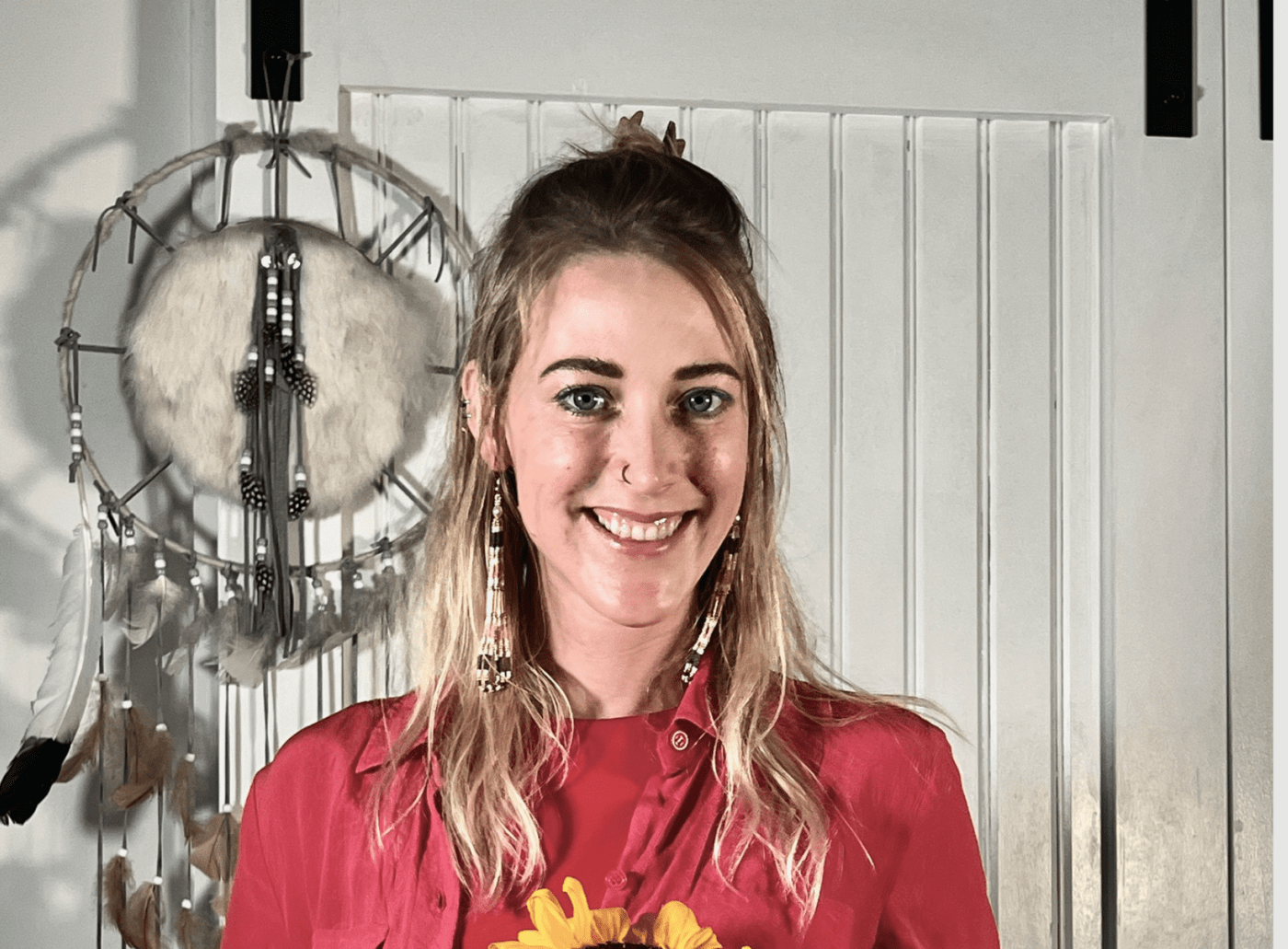When it comes to making babies, we naturally connect – it is an age-old story that our bodies and hearts follow. We just know how to have sex. Then, when the wait for pregnancy follows, our fears, inadequacy, impatience, self-worth, mistrust, and frustration with our bodies can muddle the beauty of everything. For those of you that have been on a fertility journey, you know all of the latter way too deep in your body. I’m so sorry that we have been raised in a society that puts profits over people as the EPA releases hundreds of chemicals annually without considering the compounding effects of each synthetically convenient chemical that builds up in our body and Water.
Arguably, as we regain health to prepare the baby room, your relationship with your partner is the most important piece. And it’s often back-burnered. Tension and expectations around sex become mechanical and defense mechanisms can begin to shape conversations and quality time together in a way that makes all of the magic of love hard to find. Whether you are on a fertility journey, seeking partnership, or have a long-lasting partnership – this write-up can be helpful for you to rekindle the magic of love and intimacy in your relationship.
Relationships are work! As your old attachments and fears surface, you can find yourself wondering what happened to the good old days. This is no secret and everyone has to find their flow when things get tough. On top of counseling for attachment styles and reconnecting with what makes you tick and feel in the moment, therapies such as EMDR and Somatic Experiencing, and a few simple daily tricks can go a long way in intimacy.
The art of saying hello and goodbye – attachment
I struggled with attachment most of my life. It’s one of the many gifts I was given to work on my healing path. Attachment Styles mimic the five elements and each of us has a unique blend of all of the attachment styles. One of my favourite tips from Diane Poole Heller, PhD, author of Healing Your Attachment Wounds, was to practice presence in the transition moments with your partner. Simply dropping what you are doing to say hello in a warm intimate way takes a whopping two minutes. It signals to your partner that you are happy to see them and communicates a warm safe presence. It is hard to stop working, doing the dishes, tending the children when you are in that moment of completing your to-dos. And those moments really do add up to create a more secure attachment in your relationship. Other attachment styles can look like anxiety – clingy + nervous, avoidant, dismissive, or a combination of all of them.
In the bedroom – finding different orgasms for you
Sometimes we get stuck in physical intimacy. We learn (or not) what our partner likes and sex becomes timed, a part of the routine, and exploration/curiosity get left on the bedside table. If you are a woman reading this, you likely know if you are more likely to have clitoral, vaginal, or cervical orgasms. Did you know that they are all connected to different nerve branches?! A clitoral orgasm is connected to the pudendal nerve and generally is not as much of a full-body experience. Whereas vaginal orgasms are connected to the vagal nerve and create a wave of a full-body experience. Before you begin to get curious, know that women must have a sense of safety to experience vaginal orgasms. You may need to re-explore your own touch and your partner’s touch in a slow way… IE – your partner asking permission to touch closer to your groin or begin to enter your vagina. This can be done in a fun foreplay type of way. Make sure that you are feeling present in your body before permitting. Allow for the arousal sensations to settle before proceeding. If your partner finishes before you, perhaps it’s time to take out a toy, go oral, or simply snuggle. Dealer’s choice. Just ask for your needs and be clear. It’s sexy.
Finding your G-spot
Take out a mirror, squat over it, part your labias and bear down. You will see a little rougher area inside your vaginal wall, toward the front (belly). Touch it. This is the anatomical prostate gland, the texture should feel a bit bumpier than the smooth vaginal wall. The depth is usually up to your middle knuckle of your index finger.
Stimulating your G-Spot
If your partner has a penis, you can reach the G-spot from behind with a bit of pressure on your belly, such as leaning over a counter or the bed. Fingers are also a tool as are toys. Slow and steady, long intimate strokes are the key to Vagal orgasms. I personally prefer a pillow under my pelvis to angle it correctly if I am going for the love-making intimate connection. This gives my nervous system a moment to realize that this is a mutual connection and safe. A vaginal / G-spot orgasm may feel like you have to pee… feel free to release that. This practice rewires your body to know that you can let go and it takes time.
PS- Aren’t Vaginas beautiful flowers?! Which flower are you? 😉
PPS- The women who squirt generally do so once there is no longer insertion. Squirting and orgasms are not always the same but can co-exist together.
Finding your Clitoral Orgasm
Stimulate side to side rather than up and down. This hits more nerve endings at once from the labias to everything in between. The clit is like an iceberg and the nerves extend more broadly sideways rather than up and down. The clitoral orgasms are generally more hard and fast, whereas the G-spot and cervical orgasms are more slow and steady. But the G-spot and clitoral orgasms can work together because the G-spot swells and becomes sensitive with increased blood flow to your vaginal area.
I have always had issues with clitoral orgasms because of my sexual history. The one tried and true old-school toy that works for nearly everyone is the magic wand.
Cervical Orgasm
Oh, the mystical cervical orgasm…. some sex therapists talk about this like you are not a true woman until you have achieved this… I think they’re bypassing assholes who are causing more harm than good. The cervix is the entryway to the uterus and many of us have numb cervices or cervices that are painful when touched. Have you ever had a sharp deep pain during sex? That is likely your cervix being touched.
Your hips don’t lie
Our hips are a storage box of experiences in this life and beyond. It is not meant to be torn apart and put back together, but approached in an embodied way, full of curiosity. As soon as fear, freeze, anxiousness, or anger arise, name it back up to a safe distance where your breath and body are one again and curiosity arises. Notice as you explore touching slowly from knee to inner thigh, each arousal. Practice with your mind, then your hand, then your partner, or a toy. Inching step by step, observing, and taking breaks when needed. This could take from 15 minutes to years, so be patient and kind. You wouldn’t push a child or your best friend into a nervous system storm. Treat yourself the same. Our body is our greatest companion in life and often senses safety, fear, and love before we even have a moment to process it with our brain. You cannot biohack survival-based sensations. You can only approach them with curiosity and oftentimes, we need therapists that do pre-verbal trauma work such as somatics or EMDR to assist us in completing self-protective responses that left us with these auto-pilot sensations. Completion of a self-protective response allows you to mobilize out of the freeze, fawn, fight, or flight and heal your mind and body, as one.
Your cervix is closest to your Vaginal opening during the follicular phase (bleed to ovulation) and right before your period. You can explore touching your cervix with your fingers deep inside. You may not know you are if you have numbness. It can feel like the tip of your nose and you will know that you are touching your cervix once you are closer to ovulation and no longer feel the tissue that feels like the tip of your nose rather than the fatty part of your cheek. The cervical orgasm is also connected to the vagal nerve. Once it is experienced, you will understand the difference between a clitoral orgasm and a vaginal orgasm.
Fun and Play
These can really get lost when your relationship goes drab. Remember your first love? Or the times you felt more connected as a child? Remember what it was that you were doing and really take time to picture it in your mind’s eye. Was it imagining? Out in Nature? Playing dress-up? Building? Fantasizing about the mystical world? Adventure hunts? Puzzles? Dolls? What was the weather like? The temperature? Color of the walls? How do you feel in your body?
Most of you will find the area of your body where you experience joy, connection, or feeling “most like yourself” or least anxious / in pain. Often, but not always, it’s below your belly button, in your solar plexus, or in your chest. Finding the sensation of connection and joy can be so lovely and help you understand your body’s language for pleasure and connection. Finding the area where you feel most like yourself also gives a sense of safety, a container to know when you are fully one with your body.
Our body withstands everything for us, taking the hits of surprise and shock; whether it’s a shock of terror or one of joy, and helps our mind prepare to respond. Our body houses our spirit and is our consistent guide through this life. Give patience to your body and tenderness that you would a child exploring what animates them with life as they test boundaries and experiences. Whatever that fun thing in your visualization is, find it with your partner. It may be wrestling, playing hide-and-seek, pranks, giggling, gardening, racing, puzzles, or designing your home. Pause from the to-dos, and simply play. Imagine a different way of being with them that lights you both up. Intimacy forms and foreplay can happen all day long with these connections.
Safe Words / Safe Room
We all need our space to be quiet and listen to our intuition and bodies. Perhaps you can establish a sitting room in your home that allows for this space. It can be agreed upon that if you are here, no one disrupts without a word that asks permission. A safe word can be something like I need a “time out for a moment.” Or something silly like bananas when you are feeling out of your body and need a moment to regroup your connection with yourself.
It is my hope that this reading gives you a sense of exploration, intimacy, comfort, fun, joy and safety. If you have any ideas to add to this, please do!
And to learn more about how intimacy applies to Natural Fertility, read here.



